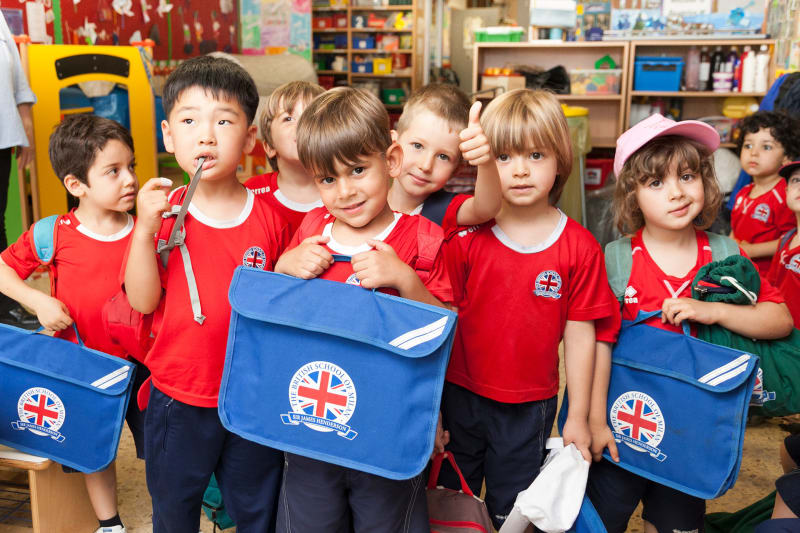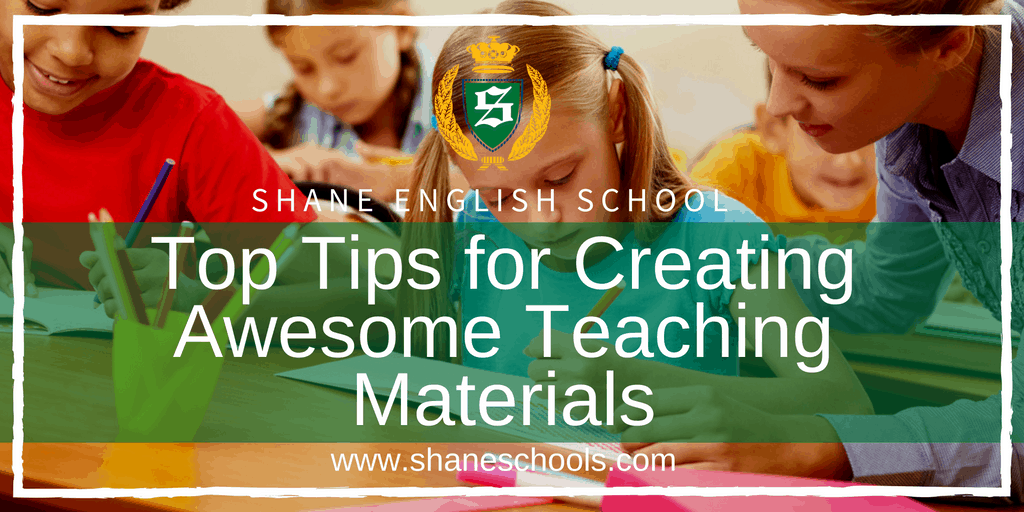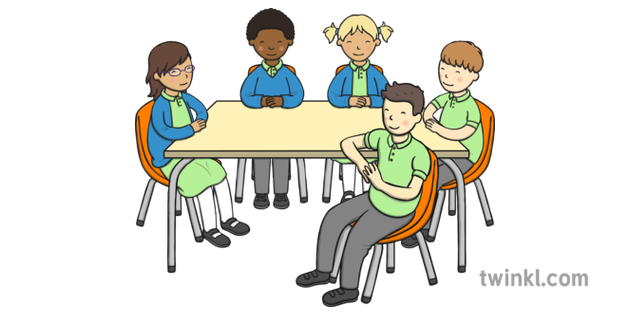To support the students' learning and development Kindergartens and primary schools should provide a wide range of educational and informational materials. Materials that are needed include Curriculum materials. These materials support the school's learning goals. Some examples of materials that may be needed include: Curriculum materials These materials are designed to help support the learning objectives of the school's curriculum.
Classroom items. Supplies such as glue, paper pencils, scissors and more art materials will aid young children in finishing their projects.
Technology for education. In the digital age, educational technology, such as interactive whiteboards and computers can be used to provide tools to students and help improve their learning.
Books- To help encourage reading and language development elementary schools and kindergartens require a wide selection of books that are appropriate for children.
Children can develop the ability to think spatially and solve problems by manipulatives, such as blocks or games. They can also play puzzles, games, and blocks.
Visual aids like posters maps, charts and posters are visual aids that aid children in learning and retention of essential concepts.
Art and music supplies Materials like clay, paints instruments and musical instruments provide children with an outlet for creativity while also encouraging self-expression.
Safety supplies - It's crucial to supply safety supplies, such as fire extinguishers, posters and emergency procedures, in order to make sure that staff and students are safe.
In general, primary and kindergarten schools need a variety of educational and information materials to create a stimulating and safe learning environment for pupils. Take a look at the best sostegno scuola primaria for site tips.

what English didactic cards are advisable in Italian nursery schools?
English didactic cards are a useful tool for introducing young children at Italian nursery schools to the English language. You may want to consider using the following kinds of English-language educational cards: Alphabet Card: Alphabets are a great way for children to learn the English alphabet and sound. You can use illustrations that feature animals or objects to start each letter.
Vocabulary: These cards assist kids to learn English words by giving them a context. These cards can feature pictures or illustrations of animals, objects or people, along with the relevant English word printed on the card.
Sight Word Cards Sight words can be used to teach children common English words that are often used in both written as well as spoken English. The cards could include simple sentences or phrases, with the word of the day highlighted.
Phonics cards: Phonics cards can help children learn the connection between sounds and letters in the English language. These cards could include images of words or objects that have their phonetic equivalents written on them.
Conversation cards: Conversation cards assist children with their English language skills by having conversations with their parents and friends. They can be simple and contain prompts and questions designed to encourage children's thoughts and ideas.
It is important to select English cards that are suited to the age of your child and will engage them. These cards are perfect for teachers and caregivers who wish to engage youngsters in fun and engaging activities in English. Have a look at the best materiale didattico matematica sostegno for site recommendations.

What Are The Best Science-Based Curriculums For Italian Kindergarten Schools?
Science didactics cards are a great way to introduce the fundamental concepts of science to young children. These are some of the kinds of science didactics cards that could be highly recommended. Animal cards: These aid students to gain knowledge about the animals and their features. They could feature images of animals as well as their habitats to make learning more engaging.
Plant cards: Cards for plants can be used as a way to educate children on various plants, their traits and more. To make learning more fun, they can feature illustrations of plant growth stages and illustrations.
Weather cards. They can be used to aid children in learning about the weather's conditions and their impact on the world. They could include illustrations of weather conditions, such as snow, sun, rain and clouds.
Space cards: Spacecards can help children understand the solar system as well as different planets. They could feature images of planets or their unique features.
Human body card Card about the human body could be used to assist children comprehend the various parts of the body and their function. The cards can include illustrations of various body parts along with their function.
It is important to choose scientific didactic cards that are engaging and interactive for children of all different ages. Teachers and caregivers are able to use these cards to engage children in engaging and fun activities that encourage children's interest in acquiring knowledge about the world. Have a look at the top rated materiale didattico scienze sostegno for more examples.

What Is The Required Material For Geography In Italian Nursery Schools?
Italian nurseries are able provide children with geography education material to aid them in developing a greater knowledge of the world around them, and teach them about other cultures and their environments. Here are some examples of geography materials. Maps: They could help children understand the geography of various countries and regions as well as their locations.
Globes. Globes can assist your child to see the earth’s surface. They can also learn more about the continents.
Video and Pictures: Images and videos that show different places and cultures can be used to educate youngsters about the diversity that exists in the world. They can also discover about the different ways people live.
Books: Age-appropriate books for children that highlight different cultures can inspire a child's curiosity as well as fascination with the world.
Natural substances. Shells, rocks, and plants aid children in understanding different environments and eco-systems.
Field excursions. Children can gain knowledge about geography through hands-on learning and experiences at local parks, zoos, or museums.
It is essential to choose resources for geography education that are age-appropriate and culturally sensitive. These resources will assist teachers and parents create interesting and engaging geography activities for children that encourage their curiosity and passion for learning more about the world. See the top materiale didattico geografia sostegno for website recommendations.
